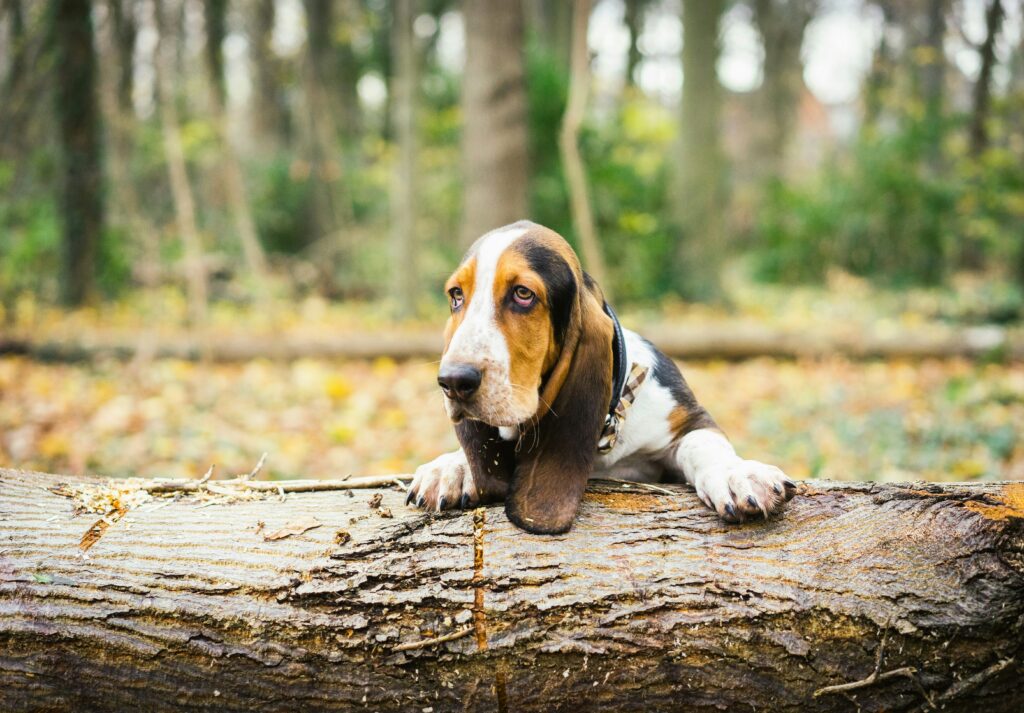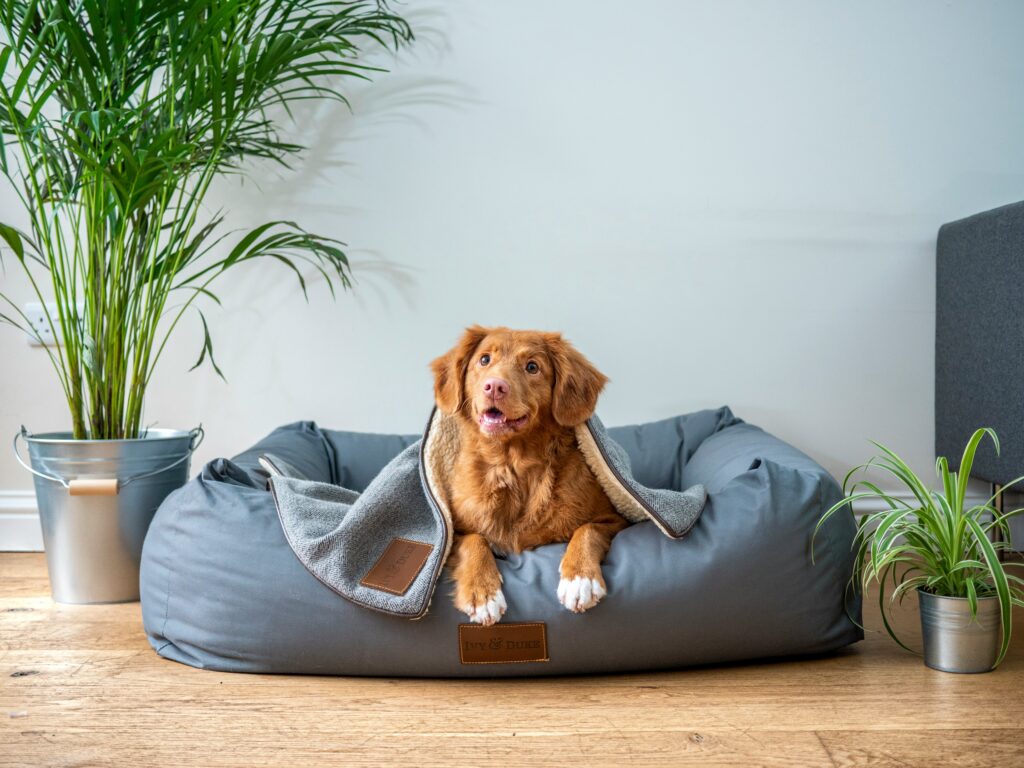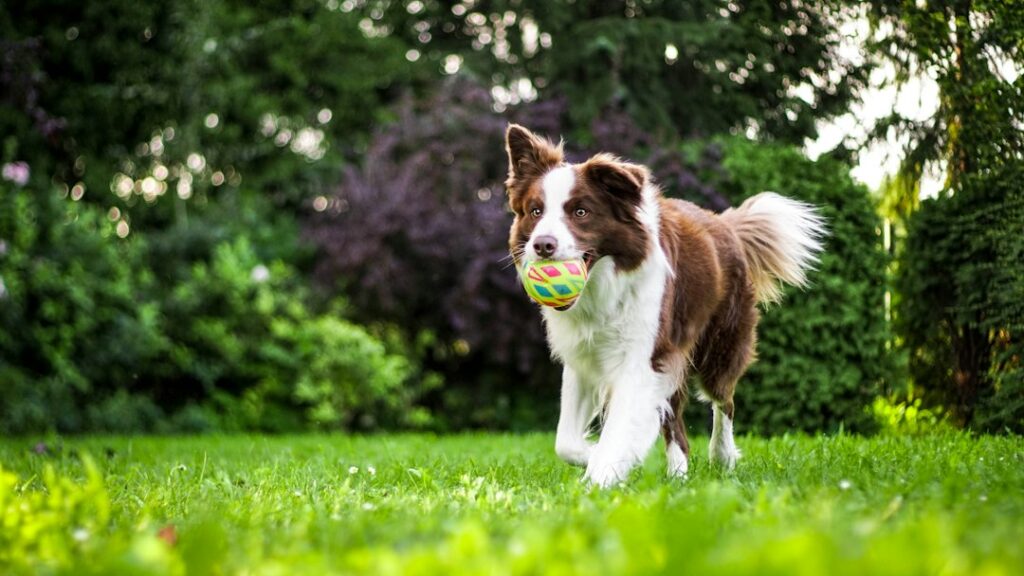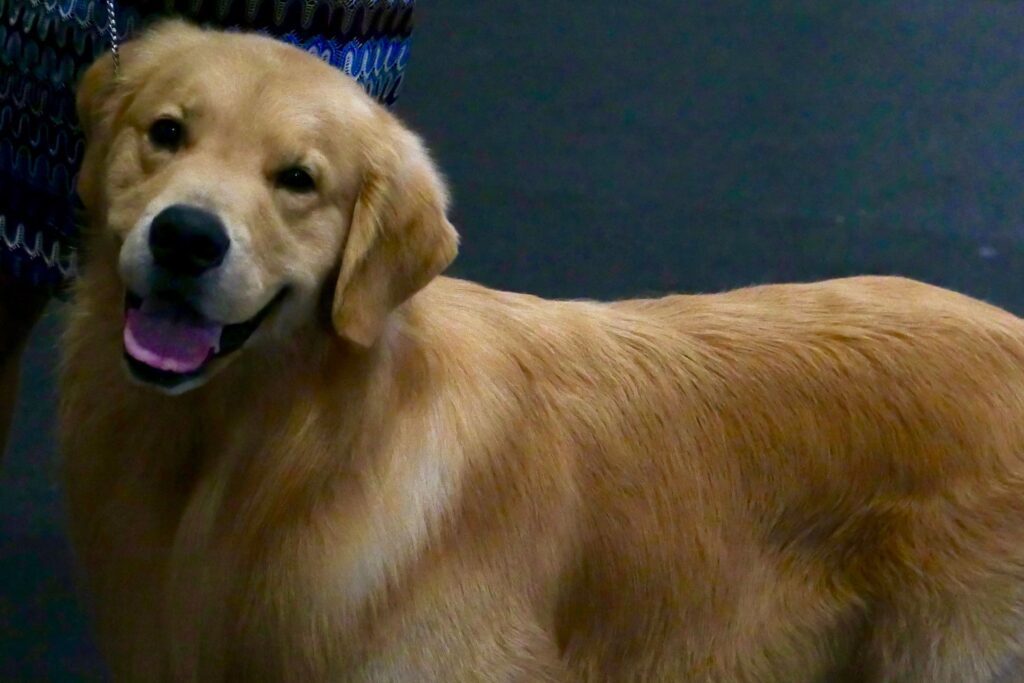The Hunt for Unique Dog Names
Choosing a name for your dog is an important decision. It’s a name that your furry friend will carry with them for their entire life, so it’s important to choose something that is unique and memorable. In this post, we will explore the world of unusual dog names and provide you with some inspiration for naming your own pup. From names inspired by space and pop culture to wacky and funny names that will make you laugh out loud, there is something for everyone in this list. Out of This World: The Most Unusual Dog Names If you’re a fan of all things space and the cosmos, why not give your dog a name that is truly out of this world? Some unique dog names inspired by space include Luna, Orion, Nova, Comet, and Nebula. These names not only sound cool, but they also have a celestial meaning behind them. Imagine calling out “Luna” at the dog park and watching as your pup comes running back to you. The Wackiest Dog Names You’ve Ever Heard If you’re looking for something truly unconventional, there are plenty of wacky dog names out there that will make you do a double-take. Some examples include Sir Waggington III, Bark Twain, and Fluffernutter. These names are sure to stand out at the vet’s office or during a playdate at the park. While they may be unconventional, they are also fun and memorable. From Fiction to Reality: Dog Names Inspired by Pop Culture Naming your dog after a character from a movie, TV show, or book has become a popular trend in recent years. Whether you’re a fan of Harry Potter or Star Wars, there are plenty of pop culture-inspired dog names to choose from. Some popular examples include Chewbacca, Hermione, Frodo, and Khaleesi. These names not only pay homage to your favorite characters, but they also add a touch of personality to your furry friend. The Funniest Dog Names That Will Make You Laugh Out Loud If you’re looking for a name that will bring a smile to your face every time you say it, there are plenty of funny dog names to choose from. Some examples include Sir Barksalot, Wiggles McSniffles, and Captain Wigglebutt. These names are sure to make you and those around you laugh out loud. Plus, they add a sense of humor to your pup’s personality. Unconventional Dog Names That Will Make Your Pup Stand Out Choosing a unique name for your dog is a great way to make them stand out from the crowd. Whether it’s a name that reflects their personality or something completely unexpected, there are plenty of unconventional dog names to choose from. Some examples include Maverick, Zephyr, Pixel, and Nimbus. These names not only sound cool, but they also make a statement. Dog Names That Are So Crazy, They’re Cool Sometimes the craziest dog names are the coolest ones. If you’re looking for something truly unique and outlandish, there are plenty of options to choose from. Some examples include Mr. Whiskerbottoms, Sir Fluffington, and Princess Pawsalot. These names may be unconventional, but they are also cool and memorable. The Most Creative Dog Names You’ve Never Thought Of If you’re looking for a name that is truly one-of-a-kind, there are plenty of creative dog names out there that you may have never thought of. Some examples include Whisker Doodle, Snickerdoodle, and Fuzzbucket. These names not only sound unique, but they also have a whimsical and creative feel to them. From Food to Nature: Dog Names Inspired by Everyday Things Another popular trend in dog naming is to choose a name inspired by everyday objects or natural elements. Whether it’s a food-inspired name like Peanut or a nature-inspired name like Willow, these names add a touch of familiarity and charm to your furry friend. Punny Dog Names That Will Make You Smile If you’re a fan of puns, why not give your dog a name that will make you smile every time you say it? Some examples include Sir Waggington, Bark Twain, and Tailor Swift. These names not only sound clever, but they also add a sense of humor to your pup’s personality. The Weirdest Dog Names That Will Leave You Speechless Finally, we come to the weirdest dog names that will leave you speechless. These names are so bizarre and outlandish that you won’t believe they are real. Some examples include Sir Reginald Fluffington III, Princess Snugglepuff, and Captain Wiggles McSniffles. While these names may be unconventional, they are also unique and memorable. In conclusion, choosing a unique and memorable name for your dog is an important decision. Whether you’re inspired by space and the cosmos, pop culture, or everyday objects, there are plenty of unusual dog names to choose from. From wacky and funny names to unconventional and creative ones, the possibilities are endless. So take your time, get creative, and choose a name that reflects your dog’s personality and makes them stand out from the crowd. If you’re looking for more information on dog training, Zak George’s Guide to a Well-Behaved Dog is a must-read. This comprehensive book offers proven solutions to the most common training problems for dogs of all ages, breeds, and mixes. Whether you’re dealing with leash pulling, potty training, or aggression issues, Zak George provides practical advice and step-by-step instructions to help you train your furry friend effectively. Check out this article for more details on this invaluable resource.
The Hunt for Unique Dog Names Read More »









